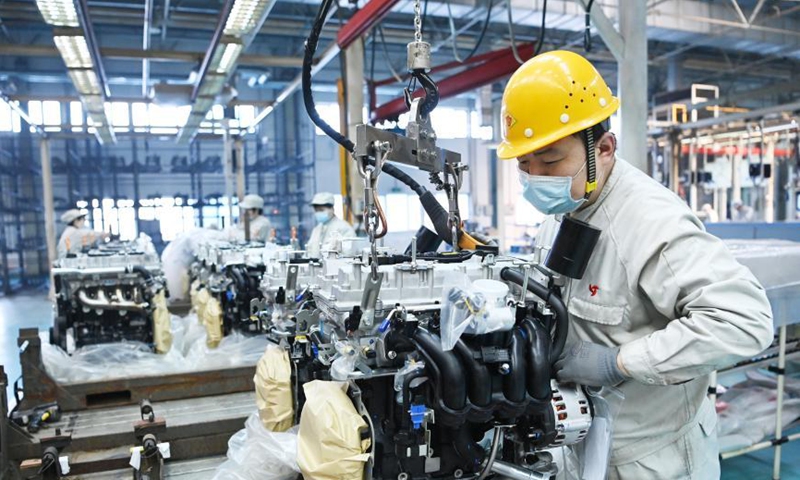China’s Manufacturing Powerhouse: Can Trump’s Tariffs Change That?

China’s massive manufacturing sector continues to dominate global trade.
Table of Contents
- China’s Manufacturing Dominance
- How Do Tariffs Work?
- Can Trump’s Tariffs Hurt China’s Factories?
- China’s Response to Tariffs
- Beyond Tariffs: The Battle Over Technology
- Can China Be Replaced as the World’s Factory?
- China’s Strategic Shift in Global Trade
- Conclusion: A Complex Trade Relationship
- Frequently Asked Questions
- References
China’s Manufacturing Dominance
China’s trade surplus hit a record $1 trillion in 2024, driven by strong exports valued at $3.5 trillion. The country’s success results from its cheap labor, significant state investment, and a highly integrated supply chain that enables efficient mass production.
How Do Tariffs Work?
Tariffs are taxes imposed on imported goods, typically as a percentage of their value. For example, a 10% tariff on a $4 product means an additional $0.40 cost. Trump’s strategy is to make Chinese imports more expensive, encouraging American consumers to buy domestically produced goods.
Can Trump’s Tariffs Hurt China’s Factories?
Yes, but not significantly. Exports make up a large portion of China’s economy. Analysts predict that sustained tariffs could reduce exports to the United States by up to one-third. A weakened demand for Chinese goods could shrink the trade surplus and slow down manufacturing growth.

China’s massive manufacturing sector continues to dominate global trade.
China’s Response to Tariffs
China has countered with its own retaliatory tariffs of 10-15% on U.S. agricultural products, coal, and liquefied natural gas. Additionally, China has imposed restrictions on U.S. companies in the aviation, defense, and technology sectors.
Beyond Tariffs: The Battle Over Technology
China is more concerned about U.S. restrictions on advanced semiconductor chips than tariffs. The United States has implemented tighter controls to limit China’s access to sophisticated chips, which are essential for artificial intelligence and other high-tech industries. In response, China has ramped up investments in its domestic semiconductor industry.

China’s massive manufacturing sector continues to dominate global trade.
Can China Be Replaced as the World’s Factory?
It is highly unlikely. Despite the impact of tariffs and geopolitical tensions, China’s manufacturing ecosystem remains deeply entrenched. The country benefits from decades of infrastructure development, an extensive supply chain network, and the ability to produce high-end technology at scale and low cost.
China’s Strategic Shift in Global Trade
As the United States adopts protectionist policies, China is expanding its trade relations beyond the U.S. by strengthening economic ties with Europe, Latin America, and Southeast Asia. However, China’s own trade policies have also faced scrutiny, such as its 200% tariff on Australian wine in 2020, which raised concerns about its commitment to free trade.
Conclusion: A Complex Trade Relationship
The United States and China, the world’s two largest economies, remain deeply intertwined. While tariffs may disrupt trade in the short term, a complete economic decoupling is unlikely. Instead, the battle will extend beyond tariffs into technological advancements, strategic trade alliances, and shifts in economic policies.
Frequently Asked Questions
1. What is the purpose of Trump’s tariffs on China?
The primary goal of the tariffs is to make Chinese imports more expensive, thereby encouraging U.S. consumers to purchase domestically manufactured products.
2. Will these tariffs significantly hurt China’s economy?
While they may lead to a reduction in exports to the United States, China has been diversifying its trade partners to minimize the economic impact.
3. Can the United States completely replace China’s manufacturing power?
It is highly unlikely due to China’s well-integrated supply chain, low production costs, and decades of expertise in mass production.
References
- U.S. Trade Data Reports, 2024
- China National Bureau of Statistics, 2024
- Global Economic Policy Research, 2024


0 Comments
If you have any doubt, Please let me know.